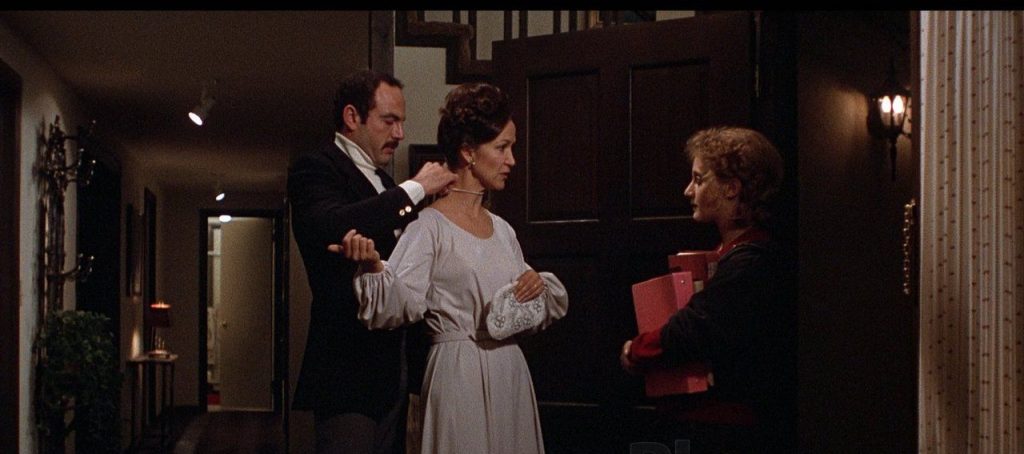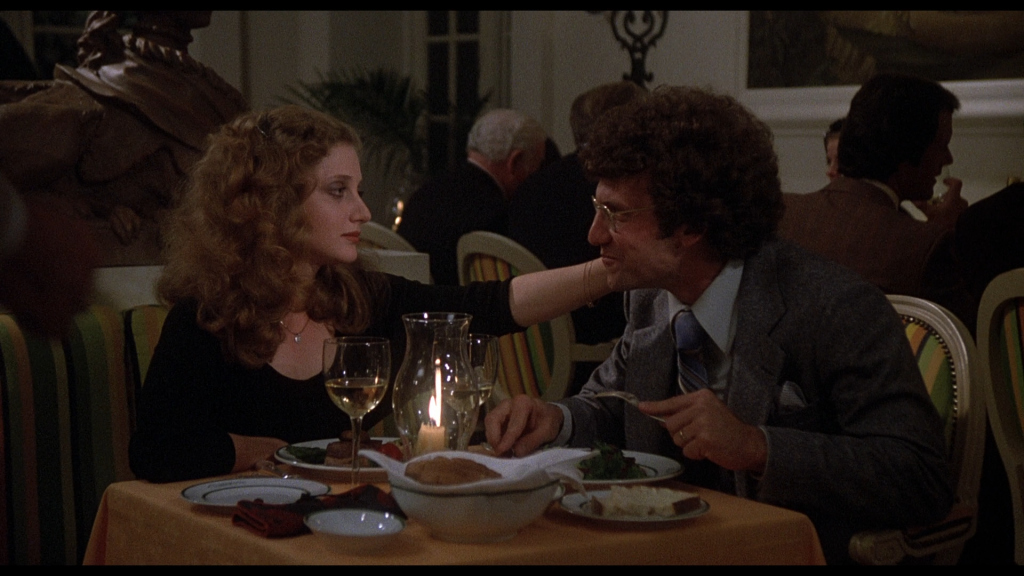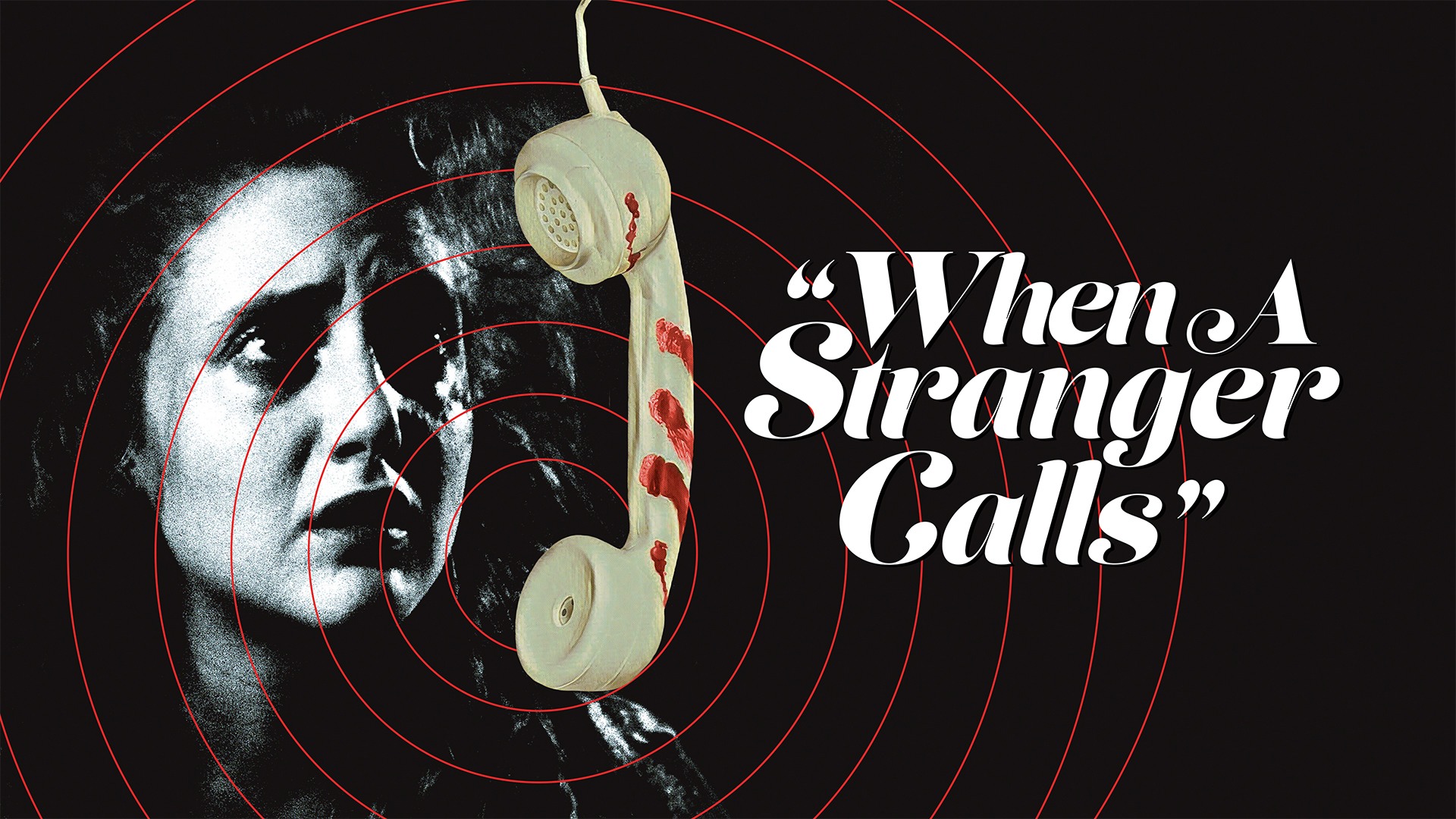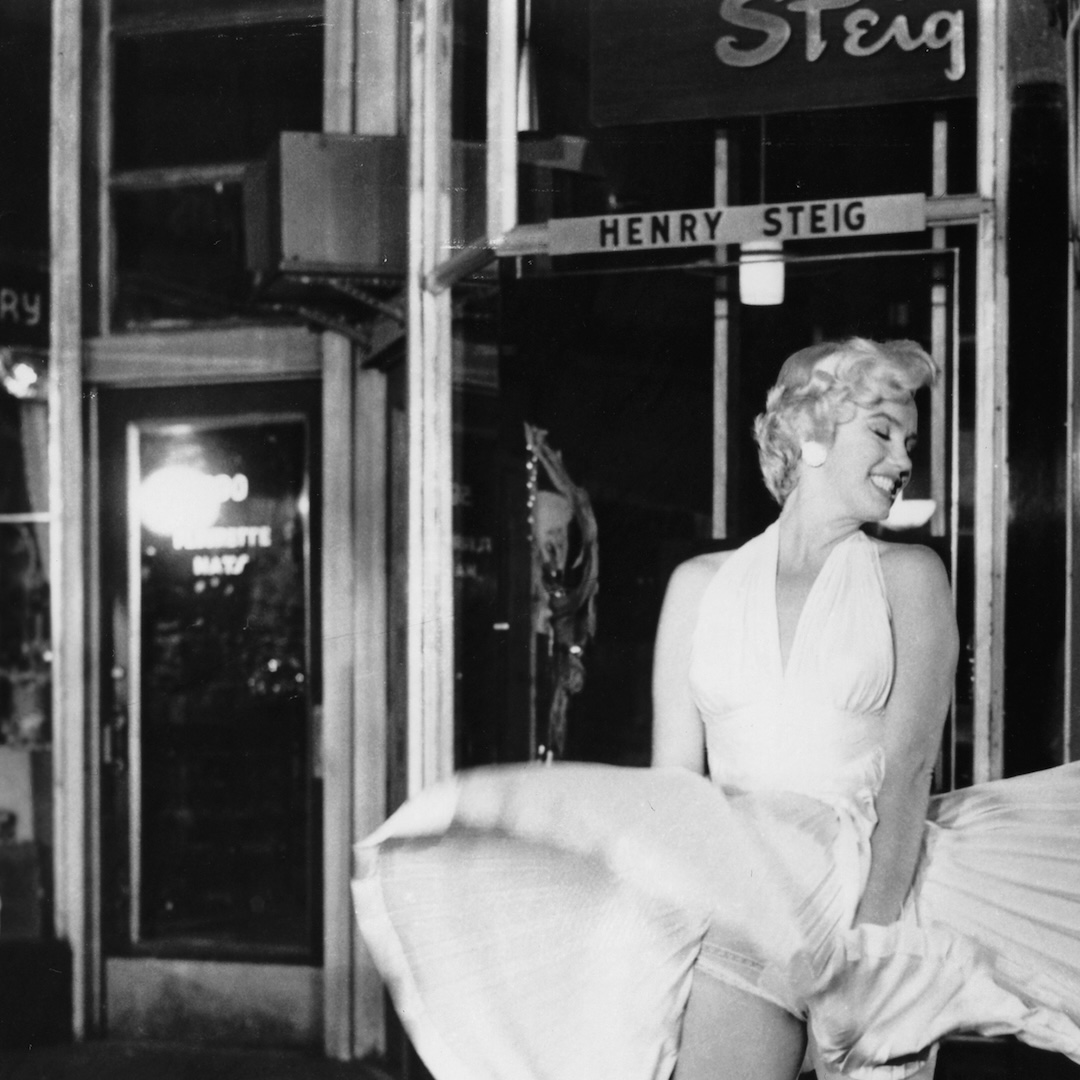The Woman Downstairs: How When a Stranger Calls (1979) Turned an Urban Legend into a Suburban Nightmare
August 17, 2021 By Go Back“Why haven’t you checked the children?”
Whether around a campfire, during a slumber party, or at the library, we’ve all heard some variation “The Babysitter and the Man Upstairs” urban legend — you know, the one where the teen caregiver in question is berated by obscene phone calls until she realizes that: A) the calls have been coming from inside the house(!), and B) the person making the calls may have done something terrible to the children meant to be sound asleep upstairs(!!!). Also known as “The Babysitter”, this slice of suburban horror is one of the more pervasive scary stories ever told, preying on our fears of having our safe space violated and our loved ones put in grave danger. It terrifies us because it hits close to home — it’s quite literally something that could have happened to a friend (or a friend of a friend) of yours.
“The Babysitter and the Man Upstairs” is cited as a source of inspiration for many classic horror movies including Black Christmas (1974) and Halloween (1978), with the latter even once titled The Babysitter Murders. But only one adaptation really manages to do this all-too-familiar narrative justice and that is 1979’s When a Stranger Calls.

Directed by Fred Walton, When a Stranger Calls is an extension of 1977 short The Sitter, which Walton and Steve Feke wrote specifically with the “The Babysitter and the Man Upstairs” in mind. In the feature length version of their short, we see the urban legend come to life in real-time, with the first portion of the film following high school student Jill Johnson (Carol Kane in full final girl mode) as she fields incessant calls from an unseen figure before daring to go upstairs and finding the children long dead.
This extended scene remains one of the most chilling openings ever put to film, inspiring countless horror homages (see: everything from 1996’s Scream to the 2006 remake to Netflix’s recent Fear Street trilogy) thanks to its killer sound design (is it just me, or does that phone ring get louder and louder?) and slow-but-steady pacing. You really feel like you are walking down dark hallways with Jill, hoping and praying that the noise that you just heard really is the ice machine and not the last person you’ll ever see alive sneaking up behind you.
While Walton could have spent the film’s 97-minute runtime with the teenage Jill in the lead-up to this shocking showdown (you know, just as John Carpenter did with Laurie Strode and Michael Myers), he decides to give us what we know and want upfront, leaving room to expand the narrative like never before. Following that killer opening, we flash forward seven years to see where Jill’s “Man Upstairs” — Tony Beckley as killer Curt Duncan — is now. Turns out Duncan recently made like real-life 70s serial killer Ted Bundy, escaping confinement to (hopefully) pick up where he left off.
When we meet Jill again she’s a seemingly well-adjusted adult, living with her husband Stephen (Steven Anderson) and two children in a nicely furnished home not all that dissimilar from the one she escaped almost a decade ago. She appears to have moved past the trauma of that fateful night, even going as far as to leave her kids with a babysitter while she and Stephen go out for a nice dinner.

Of course this is a horror film and thus, Jill’s old wounds are reopened when she gets a call from someone while still at the restaurant, the voice on the other end asking if she’s “checked the children.” The final moments of When a Stranger Calls see Jill come face-to-face with her former terrorizer before the film’s Dr. Loomis, detective John Clifford (Charles Durning), swoops in to save the day. This time around we get a happy ending — the children in question are unharmed, as is dad-in-distress Stephen.
Unfortunately before we get to this satisfying showdown, the film takes a detour into crime drama, tracking Duncan’s quest for a new victim and Clifford’s impassioned attempts to corner him. Although these scenes absolutely pale in comparison to others anchored by Kane’s Jill, it’s hard not to appreciate what Walton was trying to do with this unconventional plotting. This man not only reinvigorated a well-known urban legend, but also set the groundwork for further genre subversions to come (including the perhaps even more inventive 1993 sequel When a Stranger Calls Back, which sees Kane’s Jill return to mentor a new final girl, Jill Schoelen’s Julia Jenz).
While the big slasher movie franchises would wait until their sequels to explore the lasting effects of surviving a serial killer, When a Stranger Calls did it all in one go, carefully taking us through the night he came into the home before pulling us into the night he came back. For this reason (and, let’s be real, that perfect opening), Walton’s twist on “The Babysitter and the Man Upstairs” is definitely worth dialling up on a dark, stormy night when there’s no one home but you and your phone… or so you hope.












 Follow us on Instagram
Follow us on Instagram